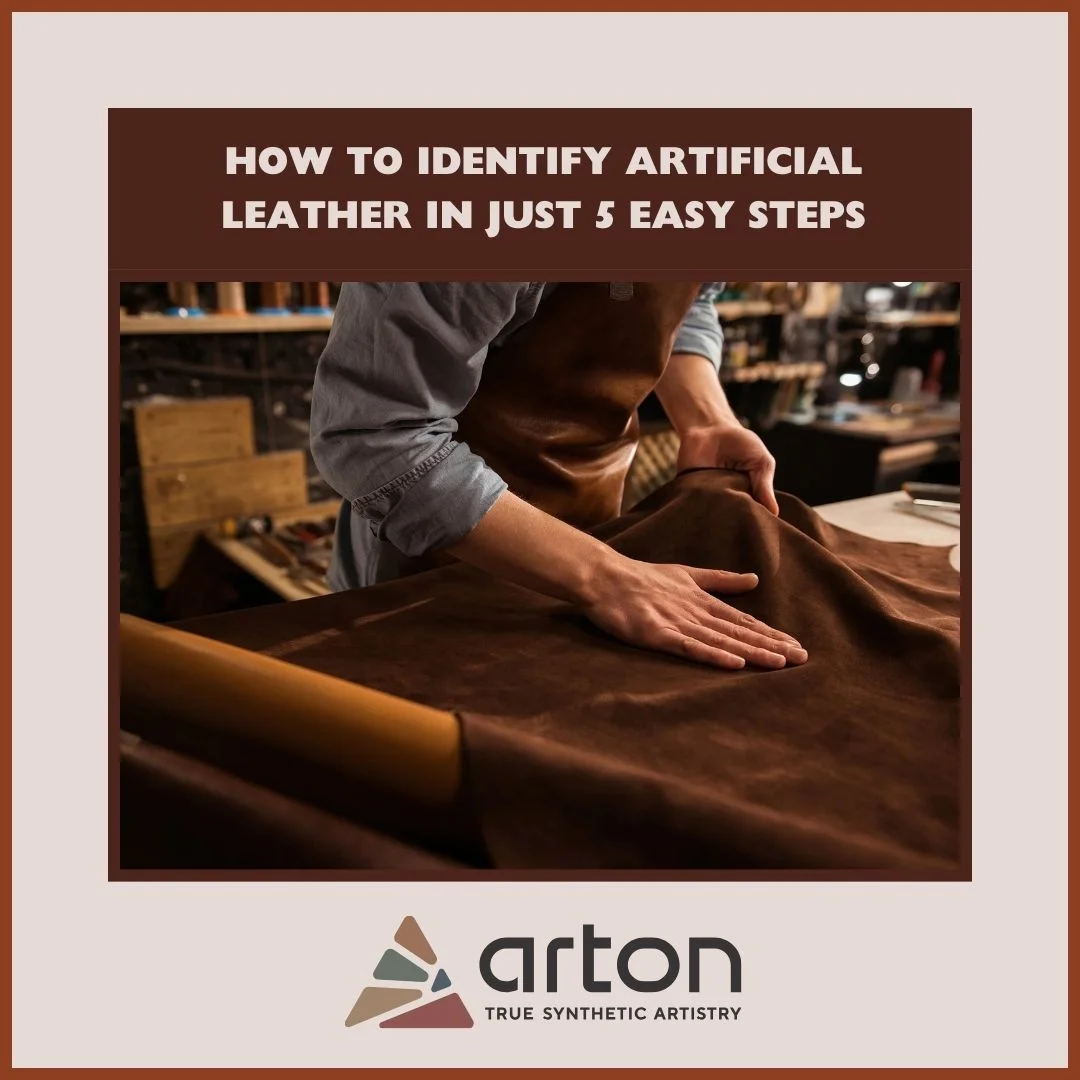10 March, 2025
Artificial leather, also known as faux leather, synthetic leather, or vegan leather, is a widely used alternative to genuine leather. It is very popular in furniture, fashion, shoes, automotive interiors, and accessories. Indeed, artificial leather is a more affordable and cruelty-free alternative, but it can sometimes be mislabeled as ‘real’ leather. So one should know how to judge between artificial leather and genuine leather.
In case you are going to buy leather furniture, leather jackets, leather handbags, leather shoes, or leather car seats, being able to recognize artificial leather will let you avoid spending much and also buy the right product you need. High-quality synthetic leather does appear like the real thing, but it does not match.
Together, in this article, we will take you on a journey from the very beginning by breaking down the 5 simple and efficient steps that allow arriving quickly and accurately at the identification of artificial leather, as you would do with a pro.
Here are the 5 easy tests to identify Artificial Leather:
- Check the Material’s Texture
- Perform the Smell Test
- Examine the Pores and Edges
- Water Absorption Test
- The Flex or Stretch Test
Step 1: Check the Material’s Texture

The surface texture is one of the most noticeable differences between artificial and genuine leather. Real leather is made from natural animal hide, Artificial leather on the other hand is made from polyurethane (PU) or polyvinyl chloride (PVC) with an embossed grain pattern, to replicate real leather.
What to Look For
-
Artificial Leather: The surface of artificial leather is usually smooth, even, and symmetrical because they are made from consistent grain patterns. A strong sign of synthetic leather is a texture that looks too perfect or too repetitive. Some even might feel plasticky or rubbery to the touch.
-
Genuine Leather: It uses natural hide and true color since the leather has natural grain and irregular patterns like real leather. Every piece has some wrinkles, slight variations, and imperfections, and every piece is unique. In addition, it might appear slightly rough or uneven in some places.
Simple Test
-
Run your fingers across the surface. If it feels too smooth or looks too perfect, it is likely artificial leather.
-
If you notice natural grain variations, wrinkles, or an uneven texture, it is probably genuine leather.
Step 2: Perform the Smell Test
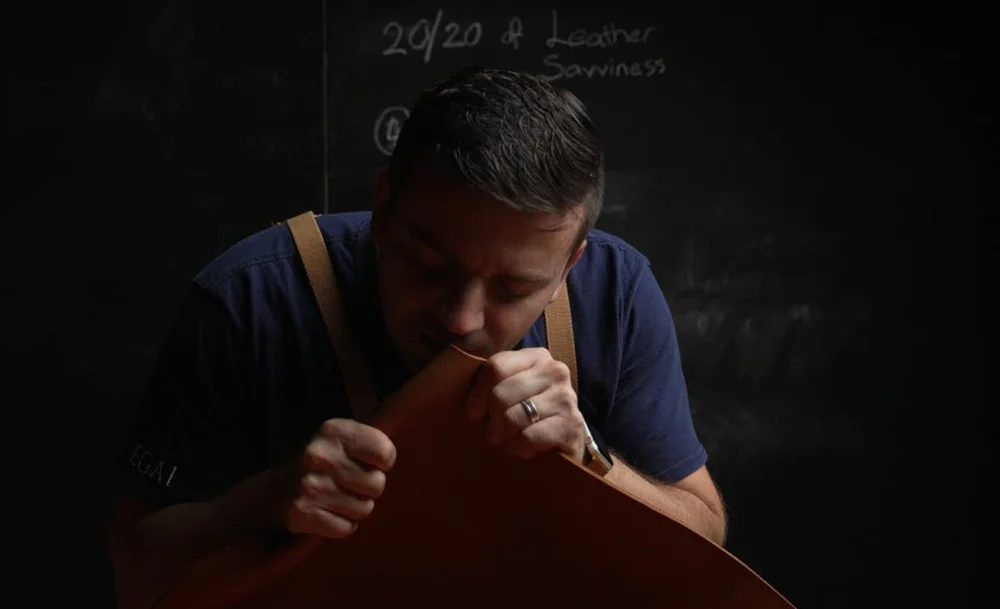
Of course, you can easily determine the difference between real and artificial leather by the smell of it - it has a smell of leather. Genuine leather, since it is made from animal hide and accomplished the tanning process, has its smell. On the other hand, artificial leather is made from something synthetic and usually smells of chemicals.
What to Expect
-
Artificial Leather: If you smell a strongly chemical smell, plastic smell, or a synthetic smell this is usually an indication of artificial leather. The manufacturing often includes PVC, PU, adhesives, and dyes (all chemical materials), hence its chemical smell.
-
Genuine Leather: Real leather has a rich, earthy, and slightly musky smell. It has a warm organic smell, owing to the natural oils and tanning process, not something that can be easily recaptured by synthetic materials.
Simple Test
-
Take a deep sniff of the material. If it smells like glue, plastic, or chemicals, it’s artificial leather.
-
If the leather has a natural, slightly smoky, and earthy aroma, it’s real.
Step 3: Examine the Pores and Edges

If you look closer at the edges and pores of the leather, it will be very clear whether it is genuine or Artificial. Real leather is a material made from animal hide and thus it is organic in its structure with fibrous composition. Since artificial leather is man-made, it rarely has new, smooth edges.
What to Look For
-
Artificial Leather: Synthetic leather has pores with repeat, even distance and spacing. The real feel is drawn from the surface being engraved with any grain on it, but there are no natural inconsistencies present in real leather. Nice smooth, straight, and sometimes with a synthetic cover seal.
-
Genuine Leather: This real leather type has random, imperfections to pores on it as nature has put it on the real leather skin. If the leather is unprocessed, the edges may seem rough, fibrous, or a bit frayed.
Simple Test
-
Look at a cut or folded edge. If it appears perfectly smooth and sealed, it’s likely artificial leather.
-
If the edge has a rough, fibrous texture, it’s most likely genuine leather.
Step 4: Conduct the Water Absorption Test
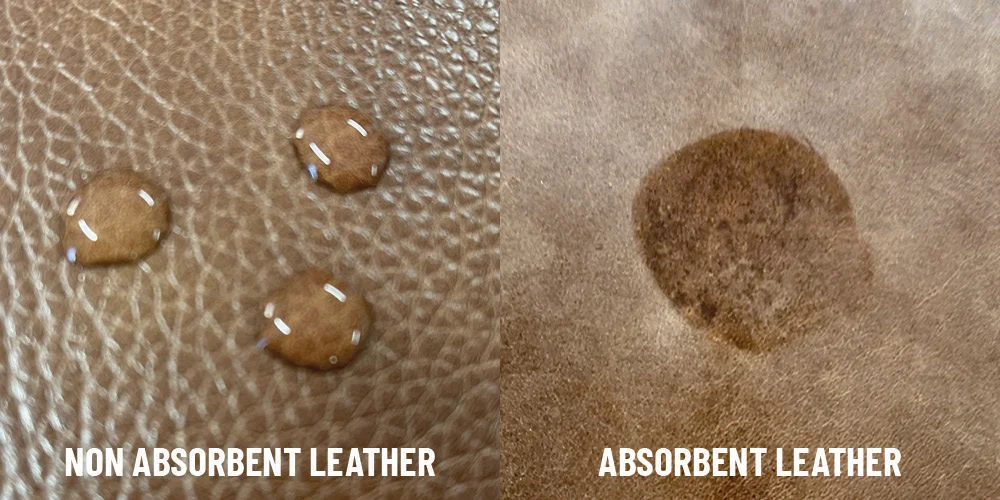
When it comes to real or faux leather, one of the most reliable tests is how the fabric reacts to the water. Synthetic leather is made of a plastic material, which makes it water resistant; leather is naturally porous so therefore any moisture it does absorb, is absorbed.
How to Perform the Test
-
Place a small drop of water on the leather surface.
-
Wait for 30-60 seconds and observe what happens.
What to Expect
-
Artificial Leather: The beads created by the water will sit on the surface of the material and are not absorbed by it. The reason for this is that synthetic leather has a protective plastic coating on it making it waterproof.
-
Genuine Leather: The Water will be absorbed in it and the leather will darken slightly in that area. It is so because real leather has small pores which absorb moisture.
Why This Works
Real leather contains natural fibers that allow water to seep in, whereas artificial leather has a non-porous, plastic-like surface that repels liquid.
Step 5: Perform the Flex or Stretch Test
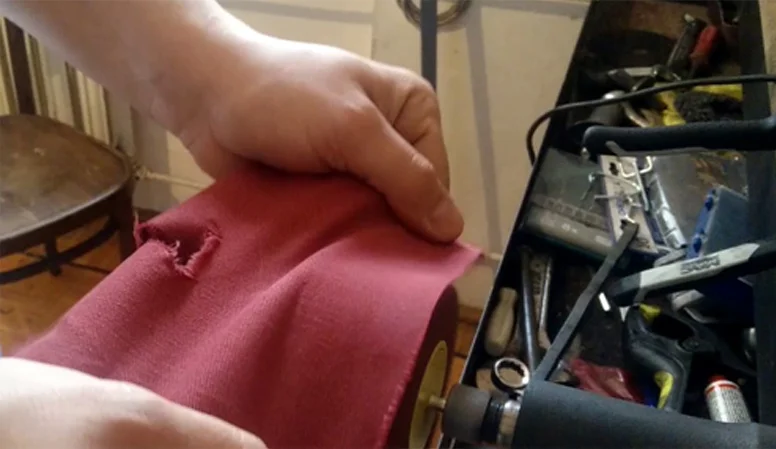
Real leather is naturally elastic and flexible, while artificial leather is hard and inflexible to some extent.
How to Test
-
Take a small section of the leather and gently bend or stretch it.
-
Observe how it reacts to the movement.
What to Expect
-
Artificial Leather: When stretched, it would have a stable memory or visible cracks and or wrinkles that do not spring back. Liquidity is lost on plastic parts, which in natural leather is never missing.
-
Genuine Leather: When stretched, real leather will develop natural creases and wrinkles, which disappear once the material is relaxed. The reason is simple real leather fibers are elastic and change in movement.
Get Best Quality Artificial Leather
Bonus: Additional Tests to Identify Artificial Leather
If you're still uncertain, here are a few more tests you can try:
1. The Heat Test (Optional – Use Caution!)
Hold a small section near a flame for a few seconds (do not burn it).
-
Artificial Leather: It will melt, shrink, or release a plastic smell.
-
Genuine Leather: It will not melt immediately and will smell like burnt hair instead of plastic.
2. The Price Check
-
Artificial leather is much cheaper than real leather. If the price seems too good to be true, it probably is.
-
Genuine leather products tend to be more expensive due to their durability and craftsmanship.
3. The Pin or Needle Test
Try inserting a pin into the material.
-
Artificial Leather: The pin goes through easily because of the plastic layers.
-
Genuine Leather: The pin faces resistance due to its dense, fibrous structure.
How to Find Quality Leather and Where to Buy It
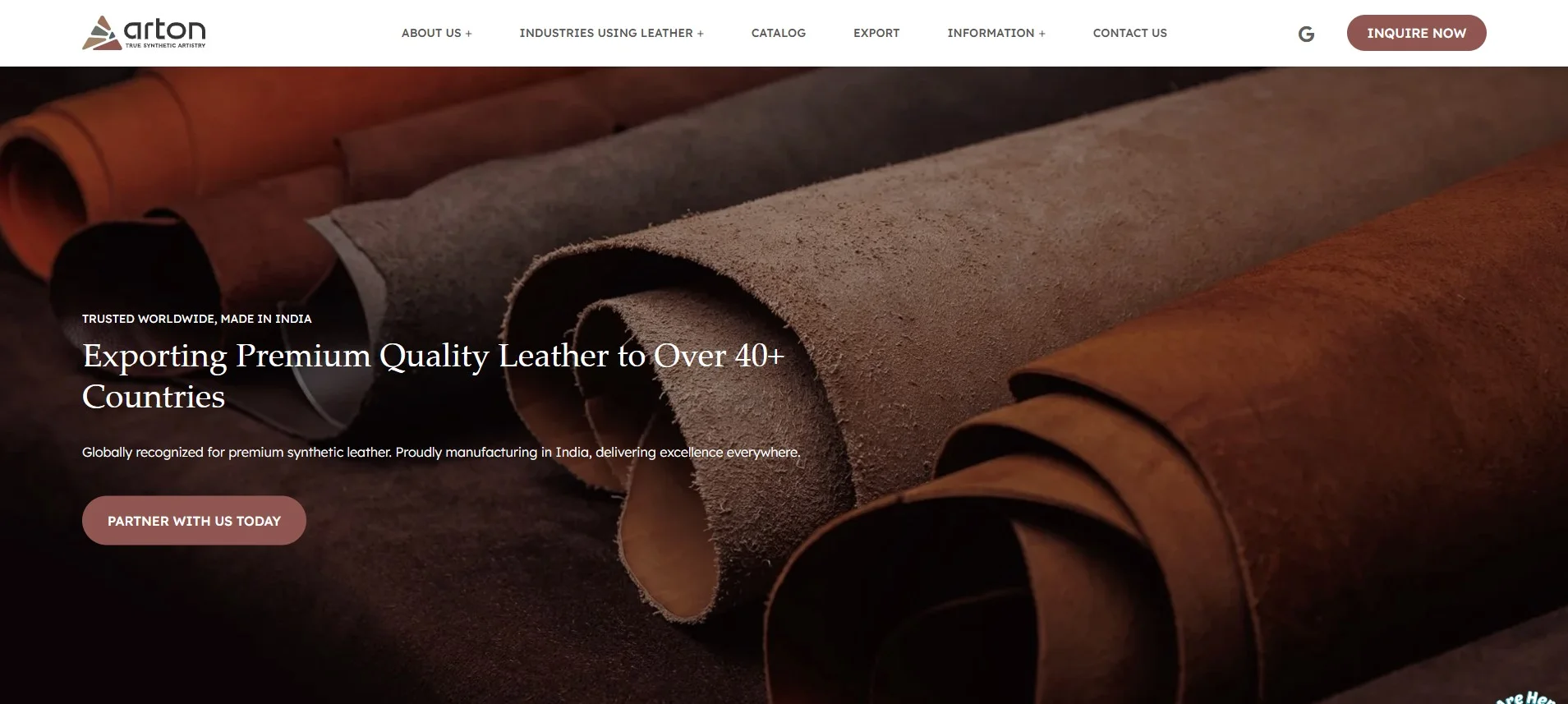
Arton Leather is a PVC leather manufacturer and supplier to provide who is a renowned brand of premium quality artificial leather (PVC leather) for different industries. Arton Leather takes a strong commitment to innovations, durability, and sustainability and gives customized synthetic leather solutions for furniture, automotive, footwear, fashion accessories, and upholstery applications. Artificial leather is made from the advanced technique of excellent texture, flexibility, and long-term function without hurting any animals, is environmentally friendly, and does not treat the animals for scare. At Arton Leather, we provide luxurious faux leather for customized high-end designs as well as durable synthetic leather for industrial use, always at the most affordable prices.
Final Thoughts
If you know what to look for, it’s easy to identify artificial leather. To distinguish the artificial leather from the real, follow these five simple steps: texture, smell test, pores and edges, water absorption, and flex the material.
Whatever you’re stashing in your bag, it pays to pay attention to the leather that makes it up. Next time you go shopping for leather goods, try these easy identification tests and be certain that you are indeed getting something in line with what you paid for!

